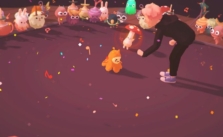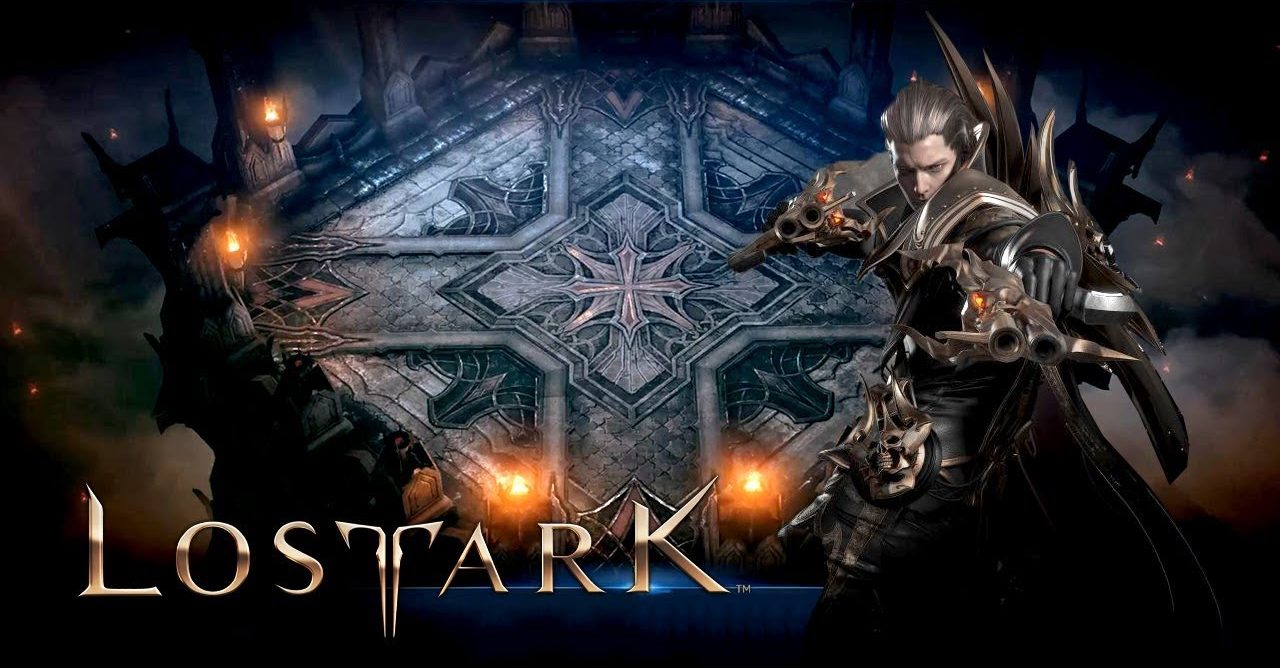Kenshi – How to Set Up Efficient Production Chains
/
Articles, Misc. Guides /
20 May 2019

This is not a detailed guide of how to set up every possible production chain in Kenshi, but rather a list of design principles that should help you make any production chain more efficient. Stick to these principles, and your outpost will run like a well-oiled machine!
- Proximity. The buildings/machines that make up a production chain should be placed as close as possible to each other while still leaving enough room for characters to the path between them (don’t want big blocks of stuff that force characters to walk around them). It gets more complicated with production chains that intersect, but it’s doable.
- Full-time operators. If a machine requires a full-time operator, avoid giving that operator any other jobs. The exception is if you don’t need the machine producing 24/7, in which case you can give the operator some simpler jobs down the priority order.
- Part-time operators. Machines that have significant downtime, like farms, should not have dedicated operators unless you have so many that the production cycle of the first restarts by the time the operator is done working on the last. Instead, have those characters operate several such machines, haul stuff or operate full-time machines as a lower priority.
- Balanced production ratios. If you need to produce one type of materials that are used in the production of several other types of materials/items (e.g., iron plates), make sure you have more machines/workers allocated on those jobs than you have on the production of individual materials down the chain. You may have one iron refinery feeding one steel refinery, a second one feeding a copper alloy bench, and a third producing iron plates for construction.
- Auto-haul to storage when idle. Make sure you have the AI behavior enabled that allows characters that are not doing anything to haul materials to storage. As long as you have enough storage, this will help unblock production chains.
- Hauling team. In most cases, if you have the above option enabled, you won’t need many dedicated haulers. However, if you notice that some types of storage aren’t being filled quickly enough, allocate 2-4 people only to hauling jobs.
- Surplus > shortage. This one’s pretty obvious, but producing a surplus and building up a stockpile of materials is preferable to risking shortages by producing just enough of what you need at any time. Apply the same principle to power production. Better to be overproducing power than to risk power outages when you least want them.
- Backpack-based feeding. Instead of building food storage that requires hungry characters to drop what they’re doing to get food, try to feed everyone by strategically placing pack animals with backpacks full of food near-production hubs. That way, characters can eat while working. If you do decide to go with storage-based feeding, make sure to have food storage close to all major activity hubs.
- Dedicated vs. situational work. This is related to the full vs part-time operators thing but has more to do with reacting to things the game throws at your outpost, like raids. I usually only have 2-4 dedicated turret gunners (the ones with the best turret stats), with everyone else manning turrets as a low-priority job. If a big raid is imminent, put everyone’s regular duties on hold and send them to man the defenses. I tend to do the same with engineers, having 2-4 dedicated ones during intense building periods, with others joining in as a low priority if they have nothing else to do.
- Training during downtime. Unless you’re looking to train a bunch of soldiers and thieves quickly, set training on dummies and such as the lowest priority job for just about everyone in the outpost, if you have stockpiled enough stuff that you don’t need everyone working on churning out new materials, let them train up their skills until you need more materials again.
- Everyone’s a medic first. Even though I tend to build OP defenses, sometimes people get hurt because of friendly fire or because I forgot to close the gate and a few enemies got through. That’s why I recommend always having medics/robotics as the top priority job of everyone in the outposts. Of course, make sure that they all have 1-2 med/repair kits so that when somebody gets hurt, they can deal with it immediately without you having to micromanage.
- Rescue team. As an extension of the above, always make sure to have 3-4 people with “rescue” as their top priority. Just like with healing injuries, they make sure your downed characters are immediately transported to a bed for a speedier recovery.
Stick to the above, and you’ll usually end up with an outpost that runs like a well-oiled machine and requires almost no micromanagement. Characters occasionally getting stuck during pathing is almost unavoidable, but this can be reduced with a good building layout that allows traffic to flow easily.
Subscribe
0 Comments












